“Why bother learning about canine anatomy?” is a phrase I hear all the time.
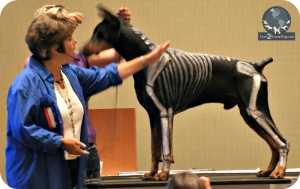 If you are a “professional groomer,” this is the most important lesson you can learn. Combined with effective pet handling, understanding canine anatomy is the FOUNDATION of all good grooming.
If you are a “professional groomer,” this is the most important lesson you can learn. Combined with effective pet handling, understanding canine anatomy is the FOUNDATION of all good grooming.
If you don’t know how the pet is put together – or in some cases – SHOULD be put together, you simply won’t do a good job at your profession. You will not earn the trust and cooperation of a pets entrusted to you. So, whether you are a long time groomer, a newbie, or a bather working with a team of pet stylists – understanding canine anatomy is critical to your success.
All dogs, regardless of breed, possess identical bone and muscle structure. Fundamentally, all dogs – from Great Danes to Yorkies – are the same. The domestic dog is the end result of generations of carefully controlled breeding practices. Man has domesticated dogs to assist us in many daily functions.
Many breeds still do the jobs they were bred to do, such as herding, hunting or tracking. As times changed, the breeds remained but it was no longer necessary for them to perform these tasks. Other breeds have evolved a proficiency in other activities that allow them to continue to assist man.
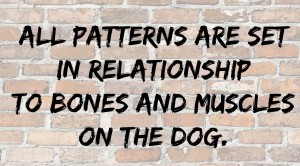 For every purebred dog, there is a written standard developed by parent breed organizations that outlines what the “ideal” dog of that breed should be. The key to maintaining a dog in a condition to proficiently perform its original role is to know the standard.
For every purebred dog, there is a written standard developed by parent breed organizations that outlines what the “ideal” dog of that breed should be. The key to maintaining a dog in a condition to proficiently perform its original role is to know the standard.
I get it. Being able to decipher the official breed standard can be challenging at first. Speaking the “language” is a key component to understanding how to work professionally with dogs. As I was coming up the ranks, I struggled with understanding the written breed standard, too. It was like Greek to me! However, with focus and intentional study, I did learn it – and so can you!
In order to safely handle a dog during grooming or to style the dog to accentuate its best features, you need to understand basic anatomy and individual breed standards.
- What are the key components that make up a structurally sound and balanced animal, purebred or mixed breed?
- How do you measure or select reference points?
- How do you apply those points in the trimming process?
- How can you handle or manipulate the dog to create a harmonious relationship?
For dogs with definite trim styles, you can accentuate proper structure while minimizing conformational faults. To the untrained eye, accentuating or detracting from the conformation of the pet will be subtle. However, it will make a large difference in the overall quality of the haircut.
Are you familiar with the dog’s natural movement limitations? If you are, you can make grooming much more comfortable for the pet. When the pet is comfortable, it is much more willing to cooperate. If you don’t understand the mechanics of a pet and try to move it beyond its physical limitations, you will eventually cause or contribute to an injury. Understanding key pressure points as well as using proper holding techniques allows both the pet and the stylist the greatest degree of safety through the entire grooming process.
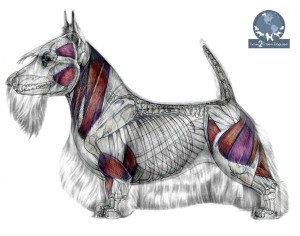 THE STRUCTURE OF A DOG: FRONT & REAR ASSEMBLIES
THE STRUCTURE OF A DOG: FRONT & REAR ASSEMBLIES
Front Assembly
This area makes up the shoulder and front legs. It consists of bones, muscles, and tendons. The angles of the bones, combined with their length, dictate how efficiently the dog will move. The shoulder blade is held in place by muscles and tendons that allow for good forward and back movement, but is limited from side to side. Some dogs are more limber than others. When lifting a foot or leg, never extend it beyond the point of mild resistance when the dog is relaxed.
Rear Assembly
Bones, muscles, and tendons make up the hips and rear legs. The angles of the bones, combined with their length, dictate how efficiently the dog will move. The pelvic and femur bones are held in place by a ball and socket that form the hip joint. The ball and socket offers a greater degree of rotation through the hip joint than in the front assembly. However, older dogs or dogs with joint discomfort will not be as flexible as a pet that is pain free. When lifting a foot or leg, never extend it beyond the point of mild resistance when the dog is relaxed.
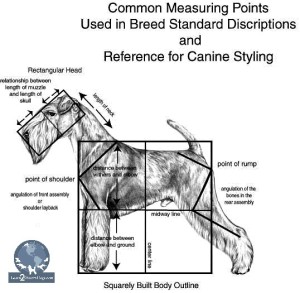 MEASURING A DOG: KEY LANDMARKS
MEASURING A DOG: KEY LANDMARKS
Outline of a Dog
The overall length of a dog is measured from the point of shoulder to the point of rump and from withers to ground. The distance between the withers and the top of the elbow and the distance between the elbow and the ground will dictate the overall balance and proportion of a dog. Most breed standards refer to the body proportion as being square or rectangular.
Measuring the Head
Skull types come in a wide variety of shapes and sizes. The overall length refers to the points from the occiput to the tip of the nose. The stop area is frequently used as a key measuring point of the relationship between the length of topskull and the muzzle.
PATTERN SETTING
Pattern Setting
All patterns are set in relationship to bones and muscles on the dog. There are a few key areas about the neck, chest, shoulders, ribs, and thighs that allow stylists to set body patterns on the dog that are well-balanced and symmetrical. On the head, the key pattern-setting points are the stop area, eye socket rims, ears, cheeks, the back corners of the mouth, and the occiput.
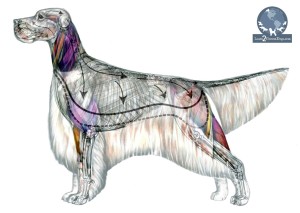 Whether you are working on a show dog or a family pet, where you set the pattern will make a huge impact on your finished groom. On dogs with haircuts, pattern placement is critical to create a stylish haircut that accentuates the dog’s features in a positive light.
Whether you are working on a show dog or a family pet, where you set the pattern will make a huge impact on your finished groom. On dogs with haircuts, pattern placement is critical to create a stylish haircut that accentuates the dog’s features in a positive light.
Balance, style, and flair all are seen at their best when a trim is founded on a sound basic knowledge of overall canine anatomy. Like anything else, the more knowledge one has on a topic, the easier it is to apply. With time, correct application will become second nature.
Happy trimming!
~Melissa
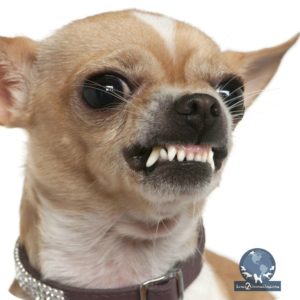 You have a new client on the books. It’s a Lhasa/Maltese mix – or in the new world of designer dogs, it’s a “Lhatese.” The client arrives precisely 15 minutes late. She’s dressed to the nines and everything matches… even the dog.
You have a new client on the books. It’s a Lhasa/Maltese mix – or in the new world of designer dogs, it’s a “Lhatese.” The client arrives precisely 15 minutes late. She’s dressed to the nines and everything matches… even the dog.

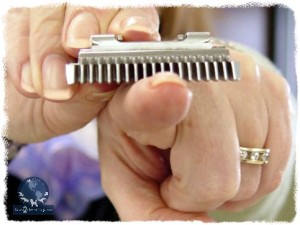
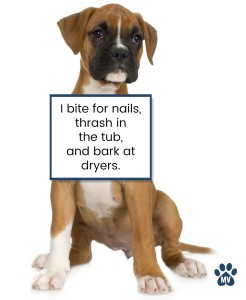
 When I first started working with dogs, I worked with a groomer who didn’t have a lot of patience with them. Dogs danced. They panted and drooled. They sat down – a lot. They growled, pulled, snapped, and bit. The groomer was constantly struggling. It did not take long before I began to think most dogs were naughty on the grooming table.
When I first started working with dogs, I worked with a groomer who didn’t have a lot of patience with them. Dogs danced. They panted and drooled. They sat down – a lot. They growled, pulled, snapped, and bit. The groomer was constantly struggling. It did not take long before I began to think most dogs were naughty on the grooming table.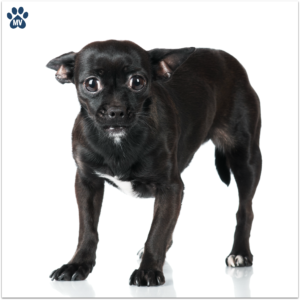 In my years of teaching new pet groomers, I’ve seen hundreds of dogs take advantage of a new students. Dogs pull, squirm, whine, snarl… and bite. I’ve seen many students frustrated to the point of tears.
In my years of teaching new pet groomers, I’ve seen hundreds of dogs take advantage of a new students. Dogs pull, squirm, whine, snarl… and bite. I’ve seen many students frustrated to the point of tears. Some dogs receive clear directions from their owners. They have rules and boundaries at home. This makes them very easy to work with in a professional setting. Other pets will not be well-mannered in a professional setting. The personality quirks we all experience working with pets will vary from dog to dog.
Some dogs receive clear directions from their owners. They have rules and boundaries at home. This makes them very easy to work with in a professional setting. Other pets will not be well-mannered in a professional setting. The personality quirks we all experience working with pets will vary from dog to dog. Here is a collection of basic dog postures we see every day. Every position indicates a different attitude. This is by no means everything you will need to know about “reading” dogs. If you are working professionally with them, this is just the tip of the iceberg.
Here is a collection of basic dog postures we see every day. Every position indicates a different attitude. This is by no means everything you will need to know about “reading” dogs. If you are working professionally with them, this is just the tip of the iceberg.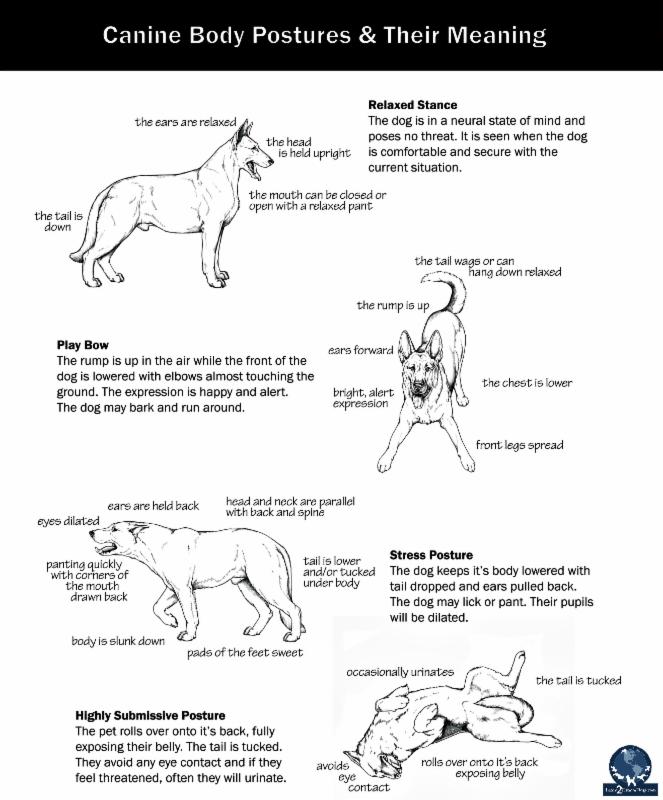
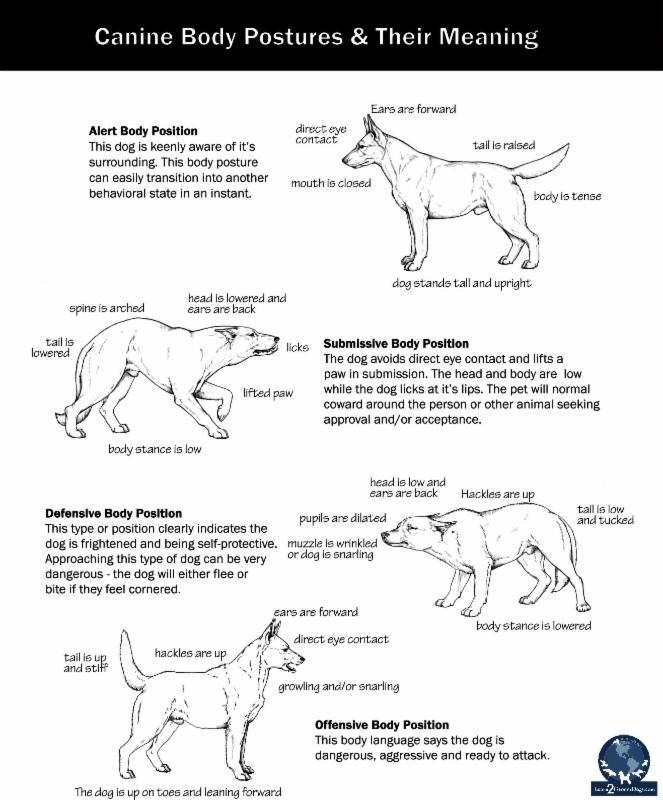
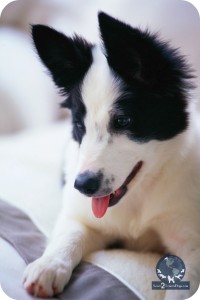
 On leash, keep mild tension on the lead. Not so much that you are choking the dog, but enough so that you can control the pet. Once you know the pet, you will probably be able to relax the lead tension if they are mild-mannered and well-behaved. Adjust the tension of the grooming loop so that there is a very slight amount of slack when the dog is standing comfortably.
On leash, keep mild tension on the lead. Not so much that you are choking the dog, but enough so that you can control the pet. Once you know the pet, you will probably be able to relax the lead tension if they are mild-mannered and well-behaved. Adjust the tension of the grooming loop so that there is a very slight amount of slack when the dog is standing comfortably.




